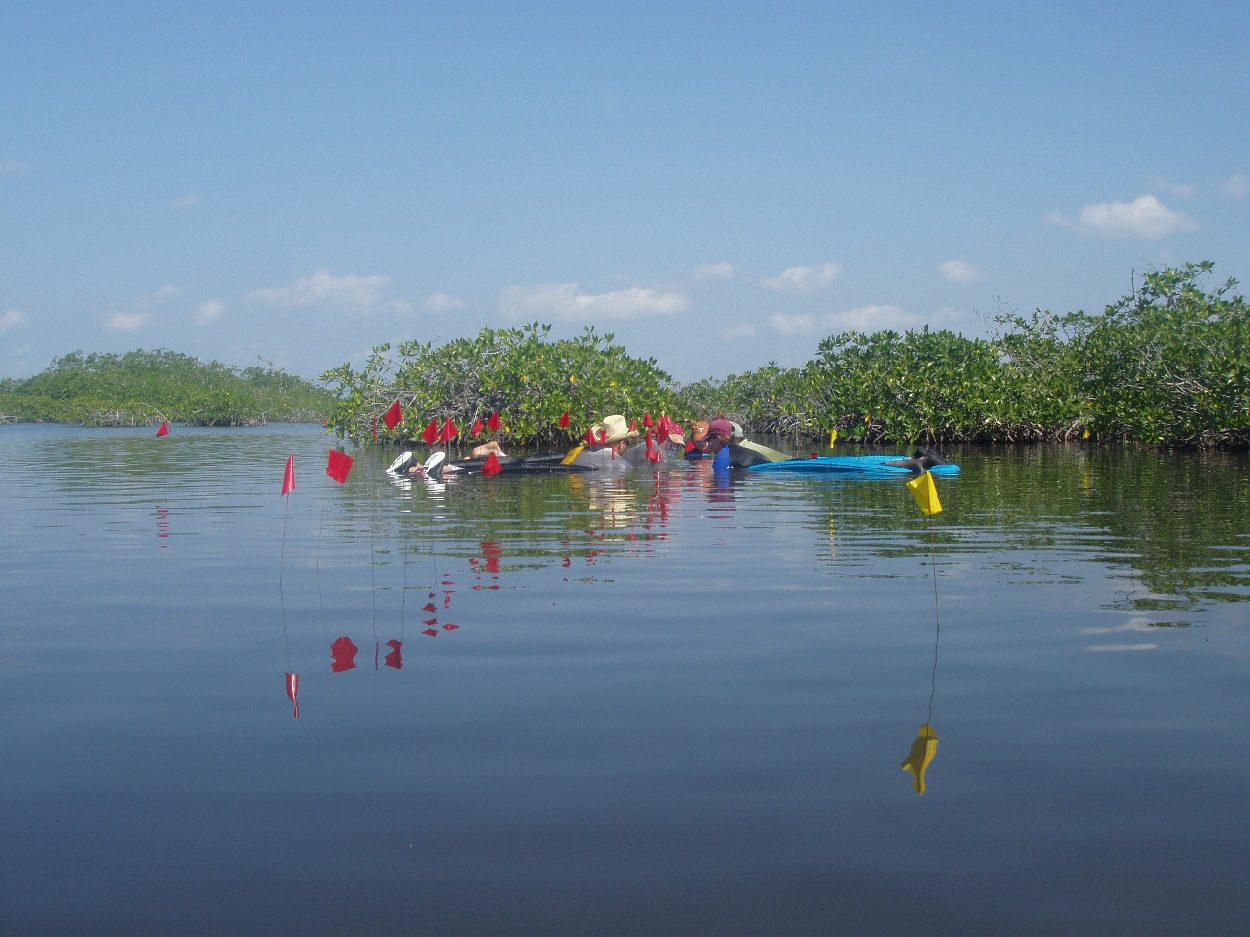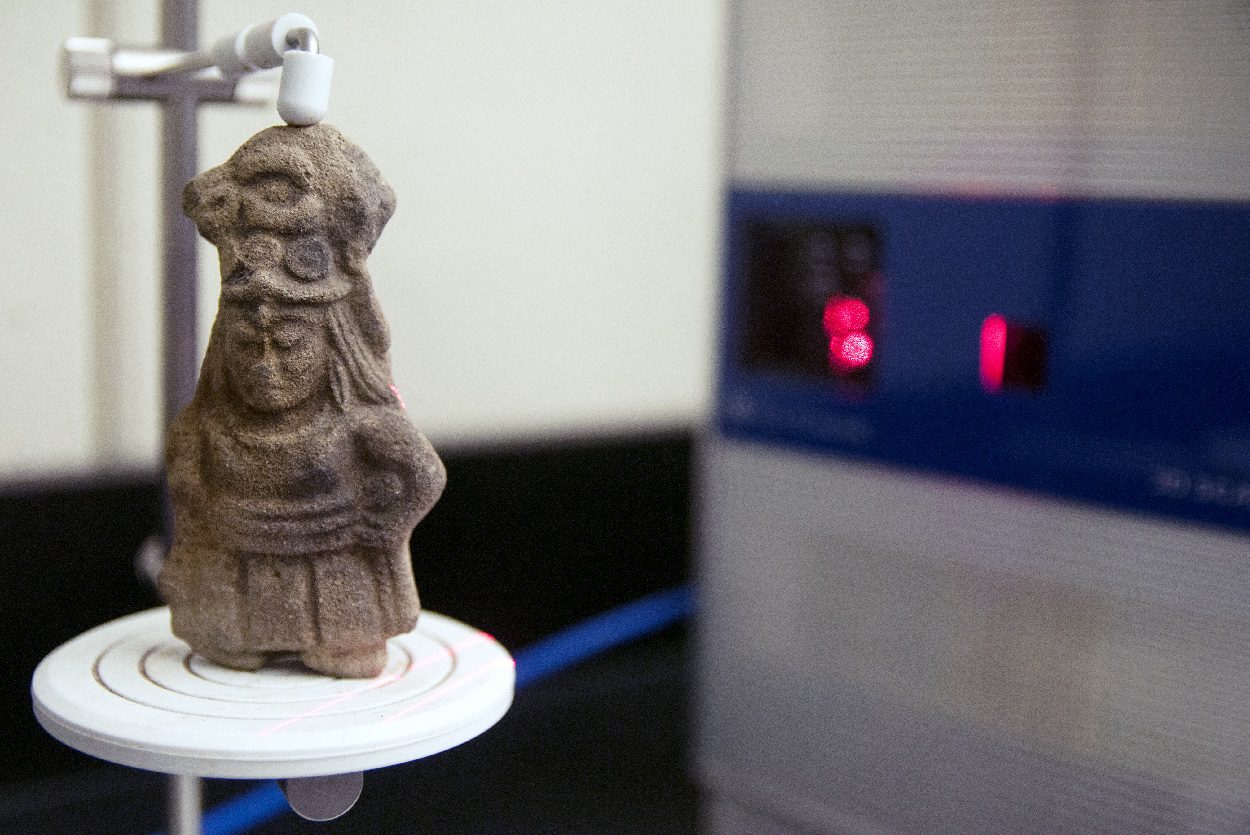A team of archaeologists from the Louisiana State University have excavated Maya dwellings associated with salt production in an underwater site.
The Maya sourced salt from the coastal regions of the Yucatan, where they boiled brine in pots over fires in salt kitchens for trading in markets in the inland Maya polities. The earliest example of salt used as a commodity is depicted in murals at the Maya city of Calakmul that was painted over 2,500 years ago.
LSU archaeologists have been conducting an ongoing study of submerged salt kitchens below the sea floor at the Paynes Creek Saltworks in Ek Way Nal, Belize, where they found clay pots and thatch dwellings preserved in oxygen-free sediment. It was previously assumed that the site was occupied seasonally, or that workers commuted daily to the site, leaving a void in the interpretation of the organisation of salt production and distribution.
In a new study, “Briquetage and brine: Living and Working at the Ek Way Nal Salt Works, Belize” published in the journal Ancient Mesoamerica, the researchers turned to material previously exported from Ek Way Nal for study in the LSU Archaeology lab, including hundreds of wood samples from pole and thatch buildings, as well as pottery sherds.

LSU Maya archaeologist Heather McKillop said: “The Archaeology lab looks like a Tupperware party, with hundreds of plastic containers of water, but they are keeping the wood samples wet so they don’t dry out and deteriorate. I decided to submit a wood post sample for radiocarbon dating from each building at Ek Way Nal to see if they all dated to the same time, which was suggested by the visibility of artefacts and buildings on the sea floor.”
The results revealed a building construction sequence that began in the Late Classic at the height of the Maya Civilisation, and continued through the Terminal Classic when the dynastic leaders of inland city states were losing control and eventually the cities were abandoned by AD 900.
According to McKillop, “Using the well-studied site of Sacapulas in Guatemala as a model, they were able to develop archaeological expectations for different activities for brine boiling in a salt kitchen, a residence and other activities, including salting fish.”
The study identifies a 3-part building construction sequence with salt kitchens, at least one residence and an outdoor area where fish were salted and dried. The archaeologists’ strategy of radiocarbon dating each building had produced a finer grain chronology for Ek Way Nal that they are using for interpreting more sites.
The new analysis verifies McKillop’s estimate that 10 salt kitchens were in production at a time at the Paynes Creek Salt Works, which she reported in her book “Maya Salt Works” (2019, University Press of Florida).
McKillop said “The research underscores the importance of radiocarbon dating each pole and thatch building at the salt works in order to evaluate production capacity of this dietary necessity. The research also shows the value of individually mapping artefacts and posts on the sea floor at the underwater sites in order to interpret building use.”
“Using Sacapulas salt works as a model from which to develop archaeological correlation fits with Ek Way Nal and suggests the Maya living permanently at the community were engaged in surplus household production of salt that was well integrated in the regional economy, allowing them to acquire a variety of nonlocal goods” added McKillop.
Header Image Credit : LSU





